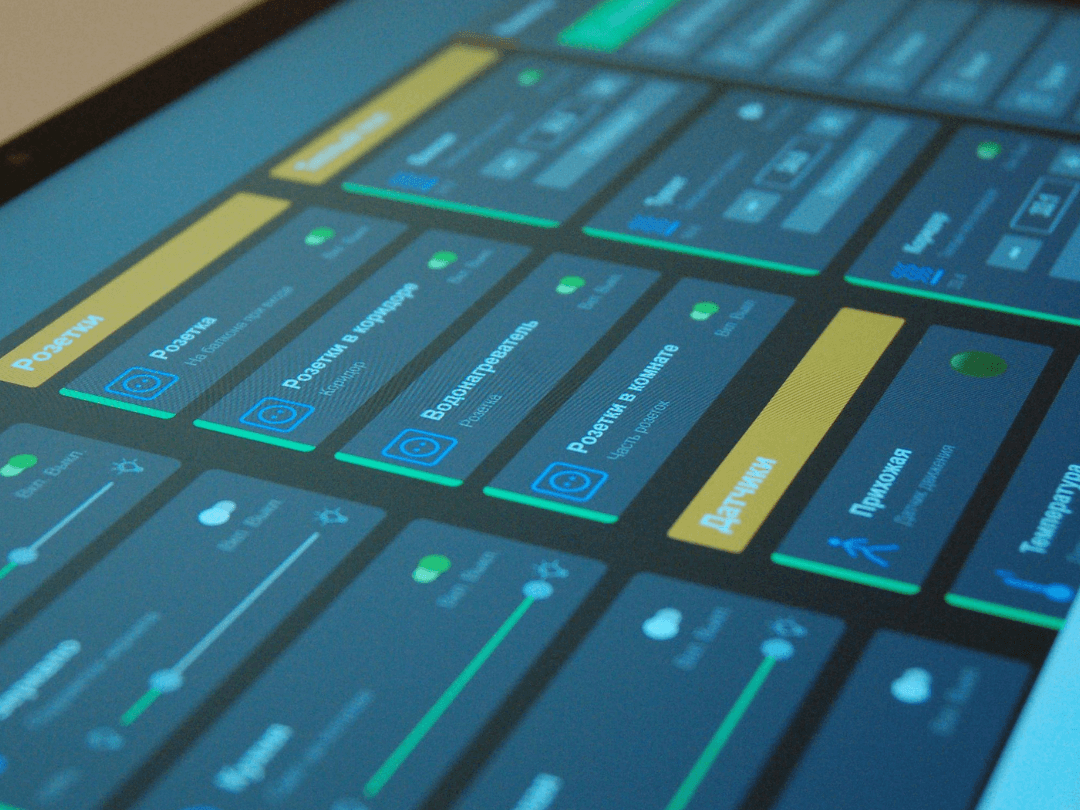From Product to Platform: Messaging Lessons for Enterprise SaaS Companies
From Product to Platform: Messaging Lessons for Enterprise SaaS Companies
Enterprise SaaS companies aren’t just selling software anymore. They’re selling systems, ecosystems, and increasingly, platforms—interconnected solutions that promise to unify data, streamline operations, and deliver enterprise-wide value.
But here’s the problem: while the product may have evolved, the messaging often hasn’t.
I’ve worked with B2B SaaS brands navigating this exact shift—from point solution to multi-layered platform—and I’ve seen how hard it is to get the positioning right. The value prop becomes more complex, the audiences more varied, and the stakes significantly higher. If you’re still marketing your solution the way you did when it was a single product, you’re not just under-selling it—you’re likely confusing your audience.
Here’s what I’ve learned from helping SaaS companies evolve their messaging to match their growth—and what every enterprise platform brand should keep in mind.
1. Reframe the problem, not just the product
When you’re selling a product, messaging is relatively straightforward: “Here’s the problem you have. Here’s how this tool solves it.”
When you’re selling a platform, the conversation shifts. You’re no longer solving one problem—you’re solving several across multiple stakeholders. The platform’s true value isn’t just in individual features. It’s in the connected outcomes it enables across the business.
That’s why platform messaging should start by reframing the problem:
“Your teams are working in silos. Your data isn’t speaking the same language. Your tech stack is bloated, and it’s slowing you down.”
From there, the platform becomes the answer—not to a task, but to a transformation.
2. Don’t just layer on features—connect the dots
One common mistake I see is treating the platform as a sum of its parts. The messaging becomes a laundry list: CRM, analytics, automation, AI, integration…
But enterprise buyers don’t want features—they want clarity. They need to understand what those capabilities unlock, together. Instead of talking about what the platform has, focus on what it enables.
Try shifting from:
“Our platform offers end-to-end ERP, CRM, and data management”
To:
“Our platform brings your finance, sales, and data teams into alignment—so everyone’s working from a single source of truth.”
Platforms require narrative architecture, not just feature lists. When I work with clients, I map messaging to customer priorities first, then show how each product module supports those outcomes. This approach keeps the value story coherent—especially as the offering scales.
3. Create modular messaging for multiple stakeholders
Platform decisions are rarely made by one person. You’re speaking to IT, operations, finance, procurement—and each stakeholder has a different lens.
This is where modular messaging becomes critical. Think of it as building a core value narrative, then layering stakeholder-specific proof points on top. The CIO might need to hear about open APIs and data governance. The CFO wants ROI and cost consolidation. End users care about usability.
Your messaging system needs to support personalization without fragmentation. When I build messaging frameworks for SaaS brands, I focus on clarity, consistency, and scalability—so the story stays aligned across regions, sales teams, and campaigns, no matter who’s reading it.
4. Elevate your language as your offering matures
When your company matures from product to platform, your copy needs to mature too.
That doesn’t mean losing clarity or warmth—but it does mean dialing up the strategic language. You’re not just solving pain points anymore; you’re enabling outcomes like operational agility, digital transformation, and enterprise alignment. Your content needs to speak to C-suite concerns while still remaining grounded.
I often help teams strike this balance: keeping the copy sharp and executive-ready, while still conversational enough to build trust. It’s a voice shift—from solution-seller to strategic partner.
5. Don’t let complexity kill momentum
The biggest messaging risk for any enterprise platform? Overexplaining.
I see this all the time: endless paragraphs trying to detail every product line, use case, and technical differentiator. And while it all might be true, it’s not all equally important—especially not up front.
Great messaging simplifies. It prioritizes. It invites. If I had one rule for platform copy, it’s this:
“Say just enough to get the right person to keep reading.”
That’s what moves a buyer from interest to intent. It’s not about saying everything. It’s about saying the right thing, to the right person, at the right time.
Want messaging that’s built for scale—and actually supports sales?
If your SaaS company is evolving from product to platform, your messaging needs to evolve with it. That means telling a bigger, bolder, and more connected story—without overwhelming the people you’re trying to reach.
It’s not easy. But with the right framework and the right strategy, it’s absolutely possible.
I help B2B SaaS brands clarify complex offerings, connect with enterprise buyers, and turn their platform into a clear, compelling narrative.
